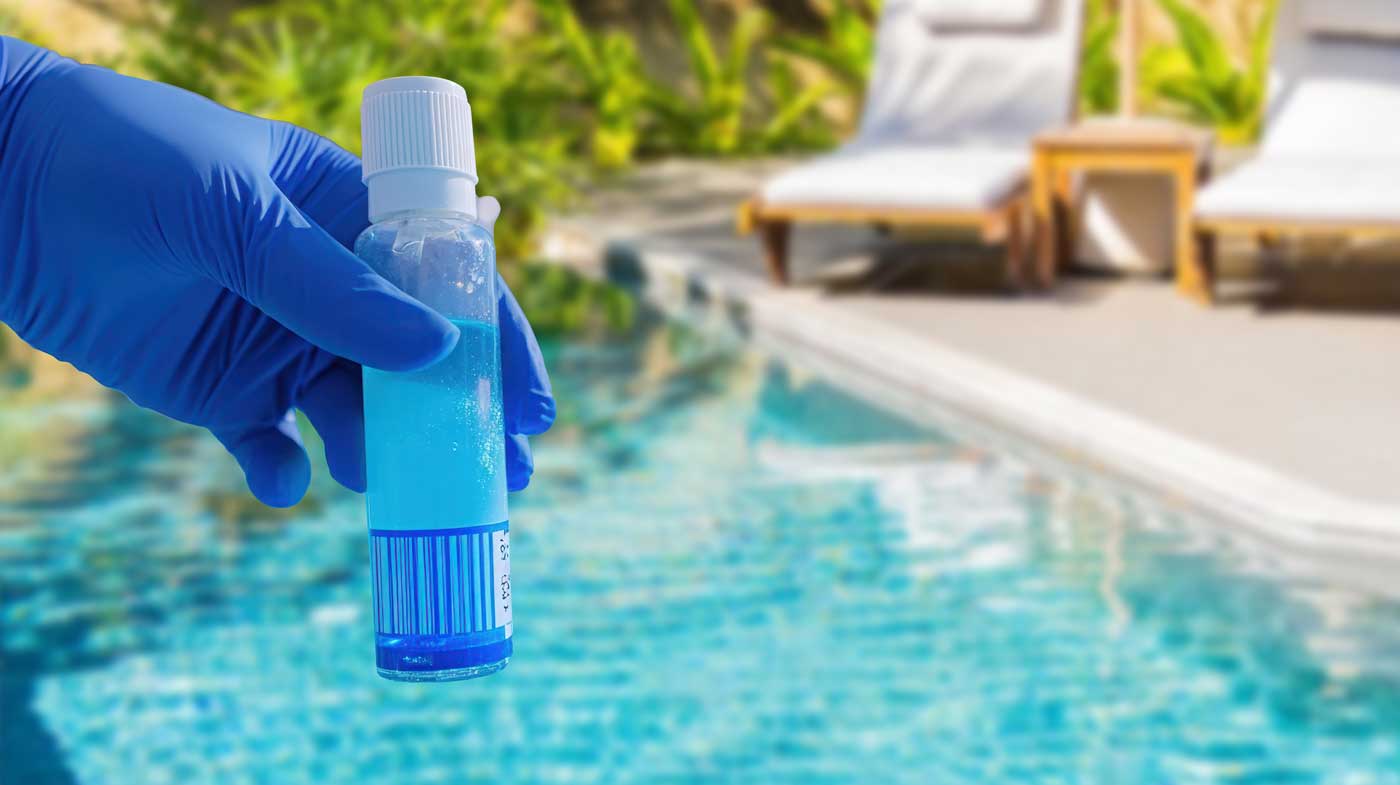Also, warranties can be voided if improper water chemistry is determined to be the reason…
Oxidation-reduction potential, or ORP, is a frequently-used term in the commercial swimming pool market. Swimming pool professionals often refer to ORP readings when balancing and maintaining swimming pool water chemistry. In this article, we take a look at exactly what ORP measures.
What is Oxidation-Reduction Potential?
At the microscopic level, substances constantly exchange electrons in order to reach stability. Some substances lack sufficient electrons, while others carry a surplus of electrons. Substances that lack electrons (and therefore seek to acquire them) are known as oxidizers. Conversely, substances that carry a surplus of electrons (and therefore seek to discard them) are known as reducers.
ORP, which is expressed in millivolts (mV), measures to what degree a substance is an oxidizer or a reducer. Oxidizers have a positive ORP reading, while reducers have a negative ORP reading. With regard to swimming pools, ORP measures the ability of swimming pool water to destroy foreign contaminants. Chlorine uses oxidation to destroy foreign contaminants, so the higher the ORP reading of chlorinated swimming pool water, the more effective it is against bacteria and algae.
The Oxidation-Reduction Potential Control System
ORP is measured in swimming pools through the use of an ORP sensor. An ORP sensor contains two probes that are exposed to a continual flowing sample of swimming pool water: one is made of an inert metal, such as platinum or gold, and the other is made of silver. Chlorinated pool water (an oxidizer) accepts electrons from the platinum probe, which increases the platinum probe’s electrical charge. The silver probe is used as a reference probe. The ORP measurement is determined by the difference between the charges of the platinum or gold probe and the silver probe.
When used with a chlorine-based sanitation system, an ORP controller does not specifically measure chlorine concentration (ppm), but rather relays the general effectiveness of the chlorine as an oxidizer.
The ORP measurement of a swimming pool should be between 650 mV and 750 mV. ORP varies inversely with pH level. As pH increases, ORP decreases, so a high pH level indicates that more sanitizer is needed in the swimming pool. However, most ORP control systems are also equipped with pH sensors.
ORP/pH Control Systems allow the pool operator to assign a desired set point for maintaining ORP and pH levels. When the sensors detect insufficient levels of either, the controller will automatically activate a device to feed chlorine or pH adjuster chemicals on demand, until the set points are reached. This is very effective in pools with varying chlorine and pH demand conditions, such as summer camp pools, or competition pools.
ORP is just one method for testing chlorine levels in your swimming pool, though ORP sensors produce results both quickly and accurately. Do you use ORP to test the effectiveness of chlorine in your swimming pool? Why or why not? We at AutoPilot would love to hear your thoughts!


This Post Has 2 Comments